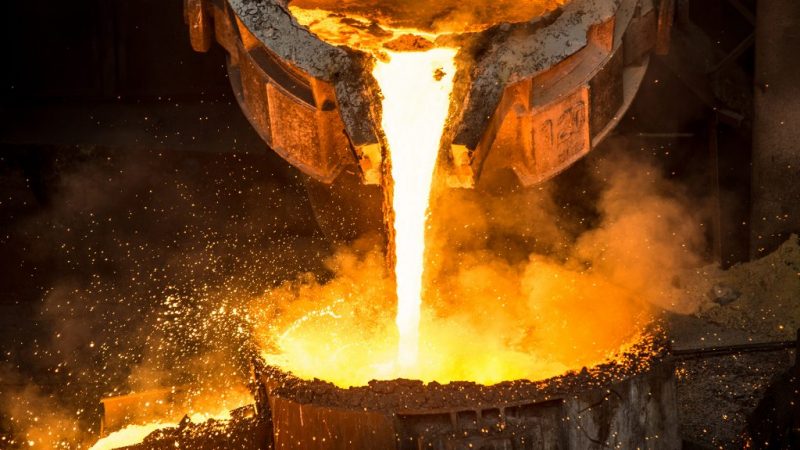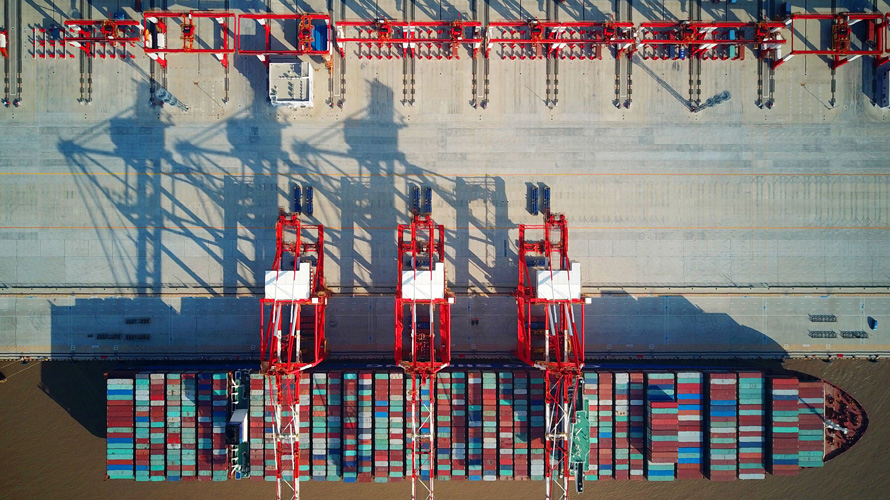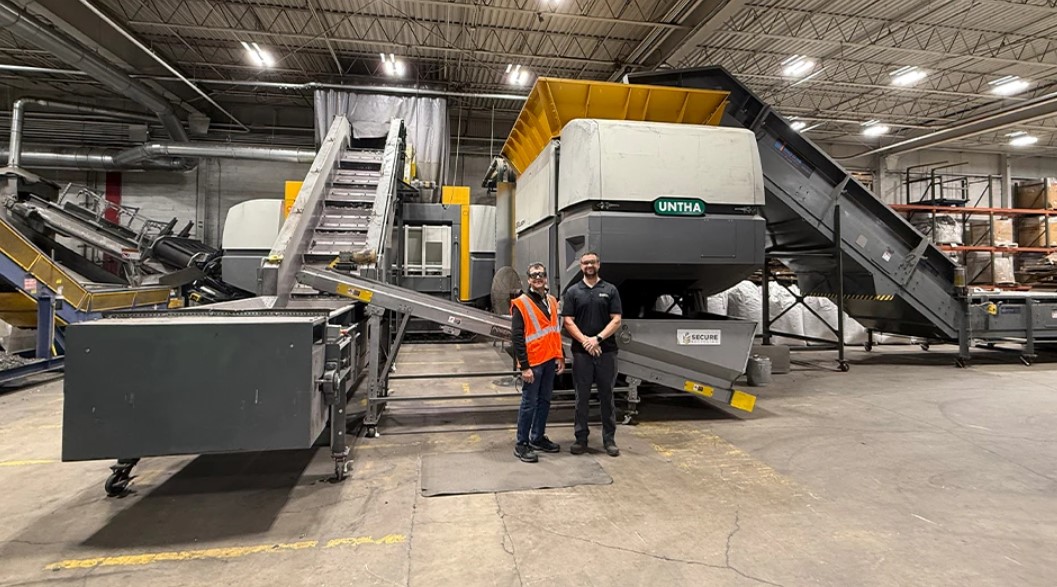
The Green Steel Revolution: A Step Toward Sustainability
Europe has begun its much-anticipated green steel revolution, aiming to transition from traditional blast furnaces to electric arc furnaces (EAFs) and replace coal with hydrogen. This transformation seeks to reduce CO2 emissions and decarbonize the steel industry. However, a major obstacle looms: the European Union (EU) lacks enough cheap, clean electricity to power this transition, threatening the green steel initiative’s future.
According to a recent study, titled “EU Electricity Market: Challenges for Green Transition in Steel Industry,” the demand for electricity in the European steel industry is set to skyrocket. The steel sector’s electricity consumption is expected to double by 2030 and quintuple by 2050. By mid-century, steel production will require as much electricity as France uses in total today. As a result, the EU’s ability to meet this demand with renewable energy is under intense scrutiny.
Renewable Energy: A Silver Bullet or a Pipe Dream?
The EU’s strategy to power its steel sector hinges on the expansion of renewable energy sources like wind and solar, along with nuclear energy in countries such as France and Sweden. By 2030, the EU aims to source 42.5% of its energy from renewables. While the push for renewable energy is ambitious, the pace of implementation has been slow. Bureaucratic delays in permitting and infrastructure bottlenecks have hindered progress, and intermittent energy production remains a significant challenge. Steel plants cannot afford to halt production when the wind doesn’t blow or the sun doesn’t shine.
The EU is heavily betting on offshore wind and green hydrogen corridors. However, delays in these projects could lead to a severe energy crunch for the steel industry. In the worst case, steelmakers could face a situation where renewables alone aren’t enough to meet the growing electricity demand. The EU might need to turn to nuclear power, gas backups, and significant grid expansion to keep the steel industry running.
Energy Costs: The Key to Green Steel’s Future
Electricity prices will play a pivotal role in the future of green steel. If electricity prices rise above $100 per MWh, steel production costs could soar. In such cases, green steel would become uncompetitive and unprofitable, rendering the transition to a sustainable steel sector almost impossible. As the European electricity market is fragmented, countries with cheap, green electricity will emerge as winners, while those dependent on fossil fuels could face an existential crisis.
Winners and Losers in the Green Steel Transition
Countries like France, Spain, Austria, and the Nordics have abundant renewable energy resources, making them ideal locations for hydrogen-based steel production. On the other hand, nations like Italy, Poland, Bulgaria, and Romania still rely heavily on fossil fuels, such as coal and gas. These countries face steep electricity prices and exposure to the EU Emissions Trading System (EU ETS) carbon costs. As a result, they could struggle to remain competitive in the global steel market.
Countries with low-cost electricity will thrive, while those with higher electricity costs will face economic challenges. This disparity could exacerbate carbon leakage, with steel production shifting to regions with lower energy prices.
Can the EU Avoid an Energy Crisis?
The EU must take urgent action to resolve its energy challenges. The solution lies in massive grid expansion, regional cooperation, and policies that incentivize renewable energy projects. Governments need to create favorable environments for investment in energy infrastructure, as private investors alone cannot shoulder the financial burden. Furthermore, the EU must ensure that electricity prices remain affordable for steelmakers. Subsidies or price caps may be necessary in the short term, but policymakers must tread carefully to avoid creating long-term dependency.
Meanwhile, hydrogen imports could potentially help alleviate some of the energy pressures. However, countries with the capability to produce low-cost green hydrogen might prioritize exporting low-carbon products over hydrogen itself. For green steel to succeed, the EU must address these energy and policy hurdles or risk facing deindustrialization in certain regions.
SuperMetalPrice Commentary:
The green steel transition in Europe is at a critical juncture. Without affordable, clean electricity, many countries may not be able to achieve the EU’s ambitious decarbonization goals. Steelmakers in regions with abundant renewable energy will thrive, while those reliant on fossil fuels face an uphill battle. Policymakers must intervene swiftly to ensure the future of green steel and avoid an energy crisis that could derail Europe’s industrial growth.











Leave a Reply
You must be logged in to post a comment.